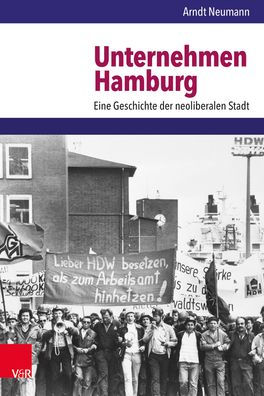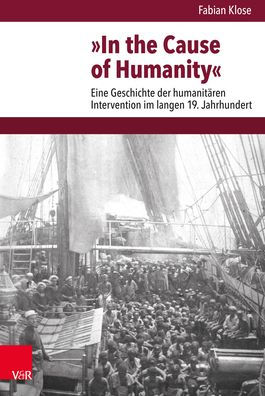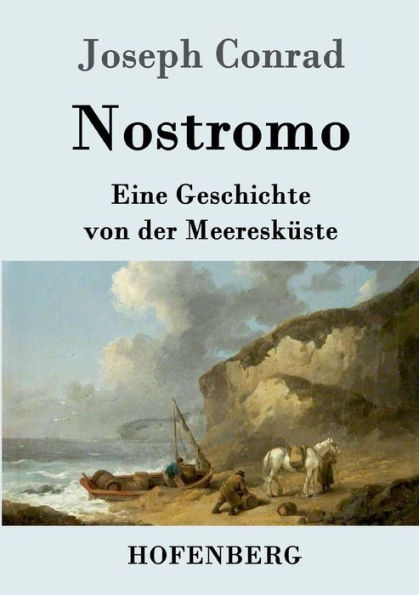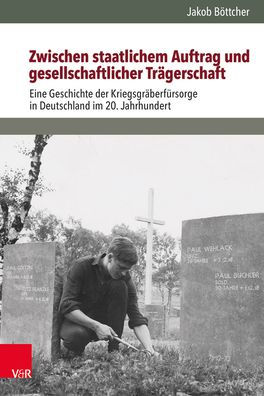Home
Unternehmen Hamburg: Eine Geschichte der neoliberalen Stadt
Barnes and Noble
Unternehmen Hamburg: Eine Geschichte der neoliberalen Stadt
Current price: $91.00


Barnes and Noble
Unternehmen Hamburg: Eine Geschichte der neoliberalen Stadt
Current price: $91.00
Size: OS
Loading Inventory...
*Product information may vary - to confirm product availability, pricing, shipping and return information please contact Barnes and Noble
English summary: Did the spatial order of the working world change fundamentally in European cities since the 1970s? To answer this question Arndt Neumann turns to a case study about the port city Hamburg. He argues that due to a cumulative structural break the fordist city was replaced by the neoliberal city. Until the 1970s industry and urbanity were closely linked. Steel mills and shipyards shaped the city centres. In addition, modernist town planning was oriented towards industrial mass productions. Since then the industrial sector lost its importance, from the decline of heavy industries to the rise of postmodern architecture. At the same time the creative industry and the financial market gained influence. To grasp the entire complexity of this transformation Arndt Neumann investigates different working worlds in different urban space: the industrial labour in the port area, the office work in the city, the house work in the suburbs and the sequencing activities in the urban neighbourhoods. In particular he focusses on the manifold cross connections between labour history and urban history. German description: Ausgehend von der Frage, wie sich die raumliche Ordnung der Arbeitswelt in europaischen Stadten seit 1970 gewandelt hat, wendet sich der Autor einer Fallstudie uber die Hafenstadt Hamburg zu. Dabei geht er von der Annahme aus, dass es einen Strukturbruch gab, in dessen Verlauf der Typus der fordistischen Stadt durch den der neoliberalen Stadt abgelost wurde. Bis in die 1970er hinein waren Industrie und Urbanitat eng miteinander verbunden. Weiterhin pragten Stahlwerke und Werften die Stadtzentren. Zudem orientierte sich der moderne Stadtebau an der industriellen Massenfertigung. Danach begann sich diese Verbindung mehr und mehr aufzulosen, vom Niedergang der Schwerindustrie bis hin zum Aufstieg der postmodernen Architektur. Gleichzeitig gewannen die Kreativwirtschaft und vor allem die Finanzmarkte an Gewicht. Um die damit verbundenen Veranderungen in ihrer ganzen Komplexitat fassen zu konnen, untersucht Arndt Neumann die unterschiedlichen Arbeitswelten in den verschiedenen stadtischen Raumen: die Industrie- und Transportarbeit im Hafen, die Buroarbeit in der City, die Hausarbeit in den Vororten und die aufeinanderfolgenden Tatigkeiten in den Grunderzeitvierteln. Gerade auf die vielfaltigen Querverbindungen zwischen der Geschichte der Arbeit und der Stadtgeschichte richtet sich sein Interesse.

















